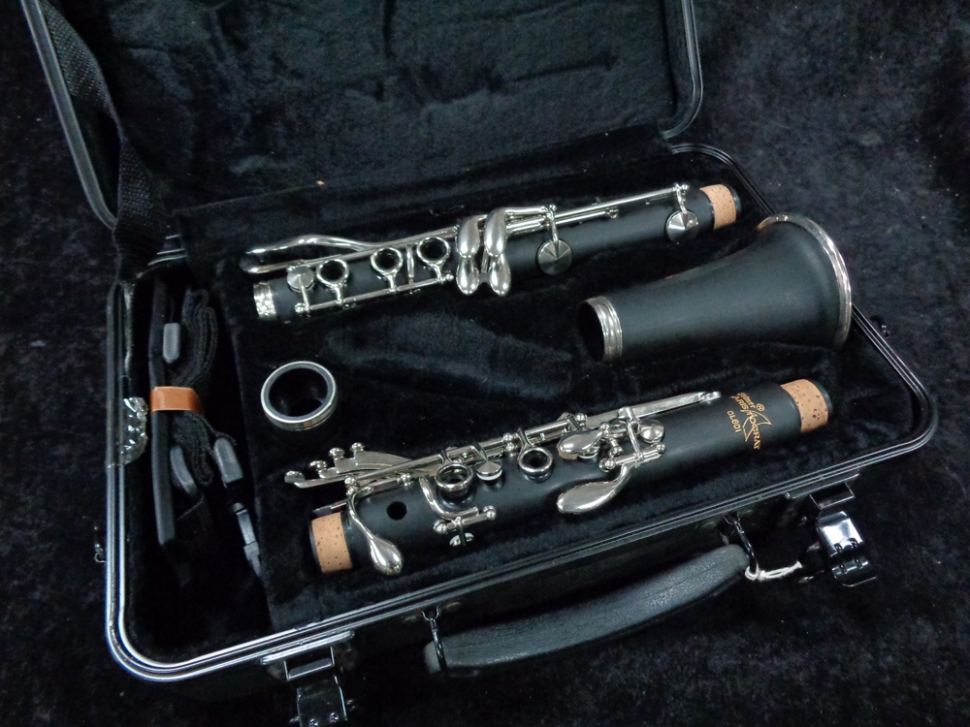

The workshop at Place Dancourt is reserved for welcoming musicians. Three new workshops are constructed: one for reeds, two for saxophones. with Selmer (Paris) retaining a minority interest.

The whole family is offered, including a c-melody saxophone. The 'Series' 22 makes way for the 'Model 22'. 1922: 31 December 1922, the first Selmer saxophone is finished: a 'Series 22' alto.Other saxophone manufacturers, like Dolnet and Evette-Scheaffer, are already established in this city. 1919: Opening of a new factory in Mantes whose technical direction is headed by Maurice and Henri Lefèvre, both sons-in-law of Henri Selmer.Alexandre, after having opened his first shop in the United States, decides to return to France, entrusting the management to one of his students, George Bundy. 1910: Maurice Lefèvre, Paul Lefèvreâs second son, joins the Selmer Paris team.

There, he has the opportunity to play under the conductor Gustav Mahler.

During this period Alexandre Selmer, Henri's brother, has been first clarinetist in the Cincinnati Symphony Orchestra for two years. 1904: The Selmer Paris clarinets are presented for the first time at the International Saint Louis Fair (USA), where Henri wins a Gold Medal.1900: Henri wins his first Bronze Medal in the Paris Exhibition.1864), joins the Boston Symphony Orchestra as a clarinetist, remaining until 1901. The same year his younger brother, Alexandre (b. From 1898, with the help, Henri Selmer starts manufacturing clarinets and settles his workshop at 4, place Dancourt, Paris.1885: Creation of the Selmer Paris company: Henri Selmer begins manufacturing reeds and mouthpieces.2 Historical list of Selmer instruments.Among famous Selmer Clarinet players is Benny Goodman in his early career. Selmer Paris instruments have been played by many well-known saxophonists such as Marcel Mule, Claude Delangle, Frederick Hemke, Charlie Parker, John Coltrane, Paul Desmond, Herschel Evans, Zoot Sims, Michael Brecker, Sonny Rollins, Ornette Coleman and Coleman Hawkins.


 0 kommentar(er)
0 kommentar(er)
